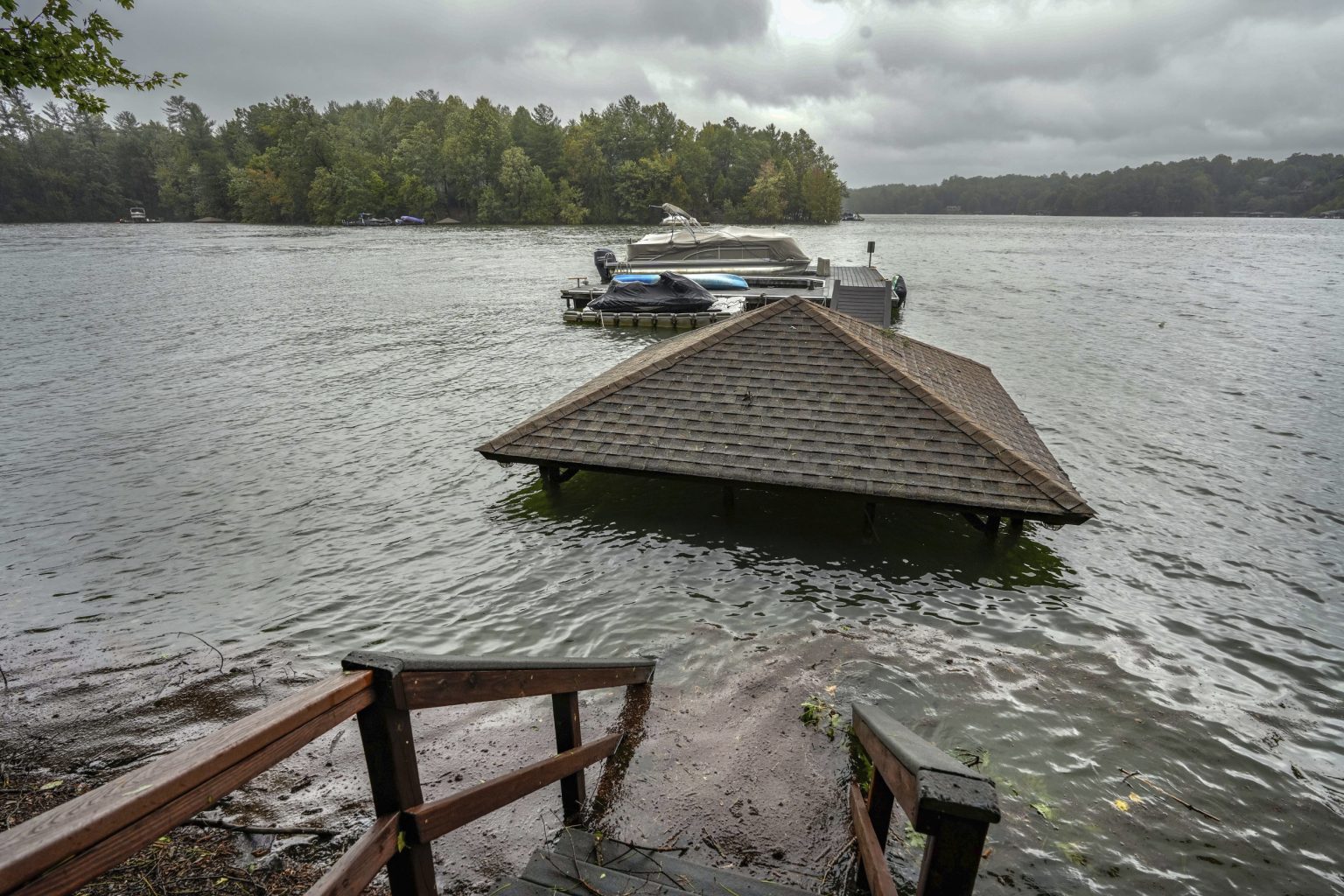Officials in the affected states are working diligently to provide assistance and rescue those impacted by the devastation caused by Hurricane Helene. The storm, which made landfall in Florida as a Category 4 hurricane, rapidly intensified and wreaked havoc as it moved through the Southeast. North Carolina was especially hard hit, with over 48 people reported dead and hundreds of roads closed due to mudslides and flooding. Governor Cooper has requested federal aid to assist in recovery efforts and help communities affected by the storm.
The widespread destruction caused by Hurricane Helene has left communities in the Southeast reeling, with millions of homes and businesses without power in the aftermath of the storm. The Carolinas experienced significant power outages, with over 1 million in South Carolina and over 700,000 in North Carolina. The storm’s rapid intensification took many by surprise as it strengthened from a Category 1 to a Category 4 hurricane in a short period of time. Florida suffered catastrophic damage as the storm made landfall, making some areas accessible only by boat.
The impact of Hurricane Helene was felt across multiple states, including Georgia, South Carolina, North Carolina, Tennessee, and parts of Virginia, West Virginia, Illinois, and Ohio. Heavy rainfall led to severe flooding and mudslides in western North Carolina, creating dangerous conditions and widespread road closures. Rescue efforts have been underway as emergency crews conduct swift-water rescues and aid those affected by the storm. The storm’s path of destruction left a trail of devastation in its wake, prompting officials to declare a State of Emergency and request federal assistance.
Photos and videos shared on social media and news outlets depict the dramatic scenes of flooding and destruction caused by Hurricane Helene. From patients and hospital staff stranded on the roof of a hospital in Tennessee awaiting rescue boats to life-threatening flash flooding emergencies due to dam breaks, the impact of the storm has been severe. The National Hurricane Center has issued warnings for ongoing flooding in the Southeast and Southern Appalachians as the storm continues to affect the region. Residents and emergency crews are working together to provide aid and support to those affected by the storm.
The aftermath of Hurricane Helene has left many communities facing significant challenges as they work to recover and rebuild in the wake of the storm. Governor Cooper’s request for a Major Disaster Declaration from the federal government signals a commitment to providing critical financial assistance to those hit hardest by the storm. Asheville, North Carolina, and other areas are still dealing with widespread road closures and flooding, with swift-water rescues being conducted to help those in need. The storm’s impact will require ongoing support and resources to facilitate recovery efforts and help communities affected by the disaster.
As cleanup and recovery efforts continue in the aftermath of Hurricane Helene, the Southeast region is coming together to support one another and rebuild stronger than before. The historic and catastrophic flooding caused by the storm has left a lasting impact on communities across multiple states, highlighting the need for resilience and preparedness in the face of future disasters. Firsthand accounts of the storm’s devastation serve as a reminder of the importance of emergency planning and response in times of crisis. Through collaboration and support, the affected states are working to overcome the challenges brought on by Hurricane Helene and emerge stronger in the aftermath of the disaster.








